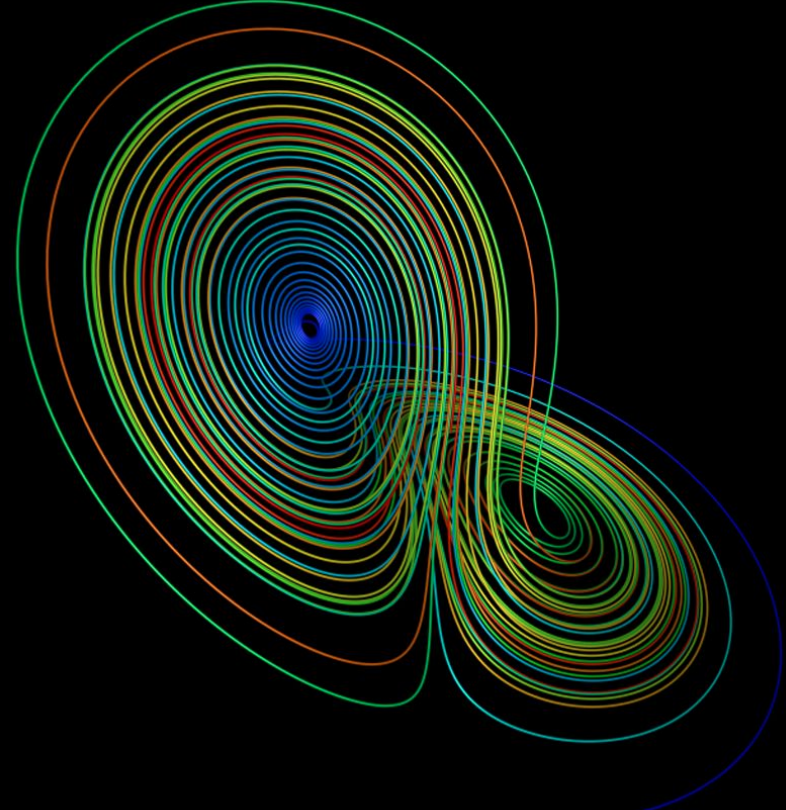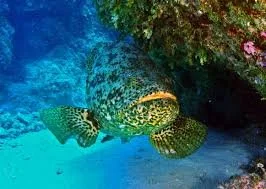
Guest Speaker — Leonardo Schlögel Bueno
Invited and moderated by Zach Hornfeld
Leonardo Schlögel Bueno is a Brazilian Marine Biology with a Master degree in Coastal and Ocean Systems and PHD in Environmental Oceanography. He is an ichthyologist specializing in reef fish and the conservation of endangered species. He currently studies large groupers, the telemetry of reef fish, and bioacoustics using non-lethal sampling techniques. For the last 11 years, he was the Director of Projects and Articulations at the COMAR institute in Brazil. He has been coordinating the activities of the Meros do Brasil Institute on the Southeastern coast of Brazil, administrating and coordinating environmental education initiatives, as well as planning scientific expeditions. He has also researched turtles, birds, and marine mammals.
Meros do Brasil is an institution committed to the recovery of the Atlantic Goliath grouper on the Brazilian coast, which involves conducting studies on marine pollution, genetics, and public policy.
Leonardo lives on a sailboat off the Caribbean and Brazilian coasts for most of the year, and enjoys spearfishing and surfing.
He is a PADI certified Divemaster, amateur captain, freediver, and underwater photographer who focuses on cataloging nature.


Student-led event — Zach Hornfeld ‘26
In the deep cold waters of the North Atlantic roams a strange predator — one that lacks speed and often its sight. Yet, it holds a surprising capacity. This presentation describes the genetic science behind the Greenland Shark's incredible 500-year lifespan.
Click here to see presentation


Student-led event — Bishop Ibrahim ‘26
The Lorenz SZ40 cipher, a Nazi information encryption device decoded by Allied codebreakers at Bletchley park during WWII.
Click here to see presentation

Student-led event — Nick Fong ‘26
While we invest trillions in existing artificial intelligence systems, researchers at Meta recently designed a potentially game-changing new model. Rather than thinking linearly and prematurely committing to a thought path, the Chain of Continuous Thought (dubbed “Coconut”) can encode multiple alternative next reasoning steps to solve a problem
Click here to see presentation

Student-led event — Sarah Cohen ‘26
While frequently overshadowed by their jellyfish relatives, the order Siphonophorae could not be more unique. As a collection of superorganism species, some of which grow up to 160 feet (49 m) in length, they seem more alien than most Hollywood depictions.
Click here to see presentation

Guest Speaker — Neil deGrasse Tyson
Invited and moderated by Zach Hornfeld
Dr. Neil deGrasse Tyson, PhD is an American astrophysicist from right here in New York City. He received his bachelor’s degree in physics from Harvard, master’s degree in astronomy from the University of Texas, master’s and doctorate in astrophysics from Columbia, and was a postdoctoral research associate at Princeton University.
Dr. Tyson joined the AMNH as a staff scientist in 1994 where he later became director of the Hayden Planetarium. He wrote monthly articles for the Natural History magazine, some of which were collected in Death by Black Hole: And Other Cosmic Quandaries and in he wrote an autobiography, The Sky Is Not the Limit: Adventures of an Urban Astrophysicist.
Fun facts
When Tyson was nine years old, his interest in astronomy was sparked by a trip to the Hayden Planetarium at the American Museum of Natural History in New York City, where he currently works.
Some books by Neil deGrasse Tyson. His later books included Astrophysics for People in a Hurry and Letters from an Astrophysicist.




Guest Speaker — Dr. Lashon Pringle, PhD
Invited and moderated by Zach Hornfeld
In her 13-year career in scientific communications, Dr. Pringle has led the development of effective and inclusive launch, lifecycle management, and educational strategies and initiatives for several investigational and approved therapies.
She is currently the Global Director of Scientific Engagement for Baby Care at Kenvue (formerly Johnson & Johnson Consumer), where she leads the prioritization, segmentation, and partnership strategy for healthcare professionals and hospitals and hospital systems. Dr. Pringle earned a PhD in Cell and Molecular Biology from the University of Pennsylvania School of Medicine. Outside of work, she enjoys playing piano and drums, cooking, and spending time with her husband and son.

Student-led event — Zach Hornfeld, HM’26
What can withstand a hammer blow but shatters when pinched between your fingers? This presentation explores the Rupert’s Drop — the drops of molten glass whose unique tensile strength and stress distribution can be applied in real-world scenarios.
Click here to see presentation

Student-led event — Bishop Ibrahim, HM’26
Algorithmic Linguistic Cryptanalysis explores the applications of genetic algorithms in deciphering monoalphabetic substitution ciphers. In doing so, linguistics and ancient cryptography are examined through a modern lens.
Click here to see presentation

Student-led event — Bishop Ibrahim, HM’26
The XOR gate, a foundational tool of computing and code breaking, is explored in the context of WW2 cryptography and logic, and through a thought experiment the applicability of XOR to error correction is highlighted.
Click here to see presentation

Student-led event — Sebastian Baxter, HM’26
Microlensing is a unique method of detecting exoplanets where one solar system passes in front of another. If a planet is in the right place, it can amplify the light of the star in the second solar system by gravitationally focusing the light. This amplification can, through a series of calculations, imply mass, orbital height, and more features of the planet.
Click here for presentation
Click here to run animation program

Student-led event — Thomas O’Mary, HM’25
Chaotic Dynamics
Click here to see presentation



